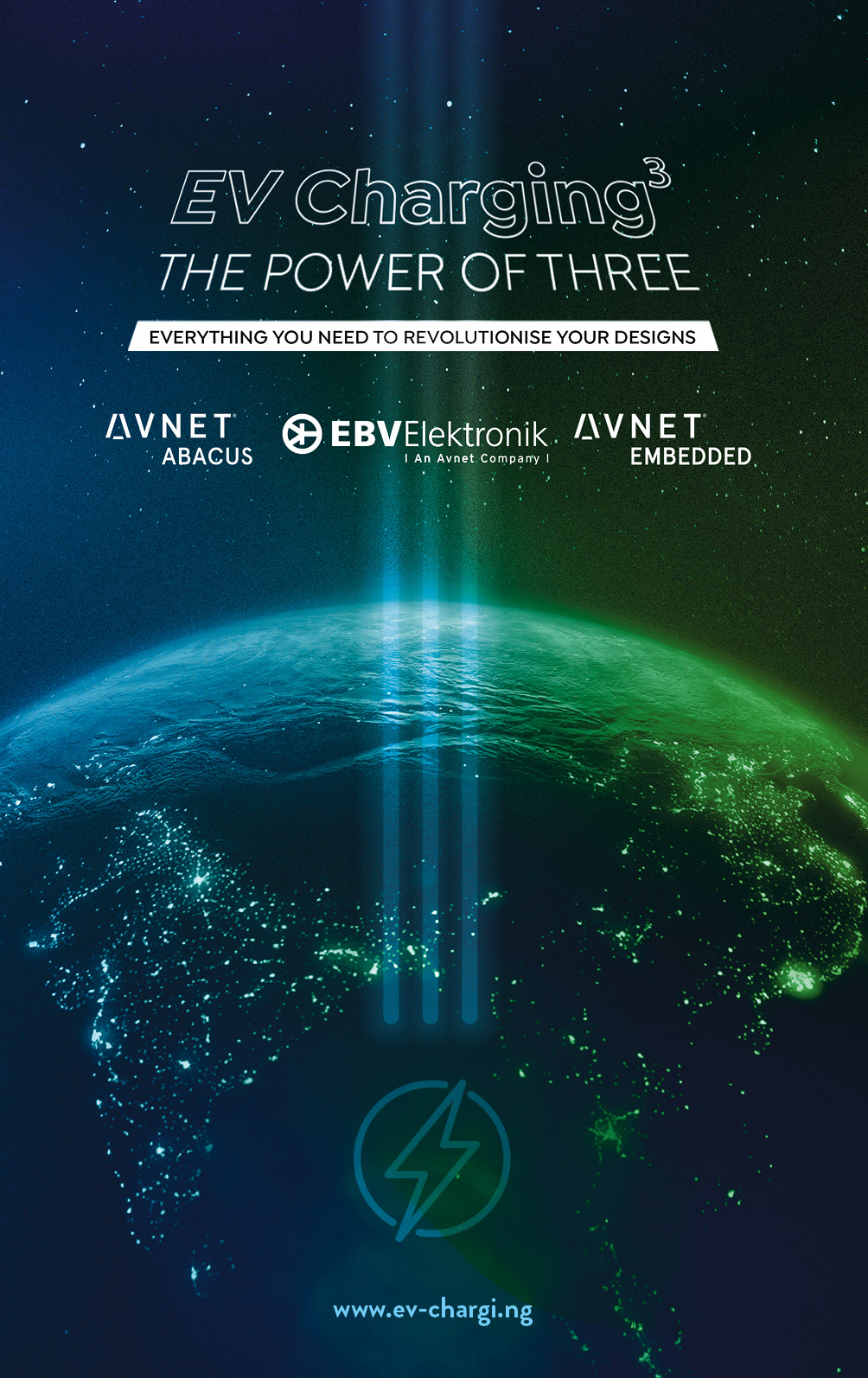Using a charging cable to charge an electric vehicle is standard today. Yet there are developments that could make the charging process even easier or even replace conductive charging entirely.
Besides the electrification of vehicles, fully automated driving is a big trend when it comes to future mobility solutions. So how should vehicles be charged when they no longer have a driver?
The solution could be charging robots. Hence the development by Continental Engineering Services, together with Volterio, of a fully automatic charging solution which consists of a unit on the underbody of the vehicle and another on the garage floor.
As soon as the car is parked, the two components connect through a smart automatic system.
Ford has also designed a prototype of a robotic charging station. It is operated by the person behind the wheel from within the electric vehicle via their smartphone.
The focus here is on people with disabilities or limited mobility. Once the system is activated, the station cover slides open and the charging arm extends towards the inlet with the help of a tiny camera.
Transferring power wirelessly
So why even create a physical contact point for power transfer? Today smartphones can also be charged wirelessly. In fact, initial solutions for charging electric vehicle batteries inductively already exist.
For example, a project team at the University of Duisburg-Essen has installed an inductive charging system for electric taxis at Cologne central station. A charging strip has been installed underground, running underneath the taxi rank.
The counterpart is attached to the underbody of the EV. When the two systems detect each other, charging can begin.
Inductive charging is even more exciting when it takes place while driving. In the “Arena del Futuro”, Stellantis tested a dynamic inductive charging system for electric vehicles.
In this system, conductor loops are laid under the tarmac and the energy is transferred directly to cars, lorries and buses, without the vehicles having to stop at a charging station to charge their batteries.
The results show that a battery-powered electric vehicle is able to drive at typical motorway speeds without depleting the energy stored in its battery.
Fully automated battery swapping
Instead of charging the battery while it is in the vehicle, battery swapping technology could offer an alternative. With this technology, batteries would be recharged slowly, which extends their lifespan – and for EV drivers this removes waiting times at the charging station.
This technology is already widespread, especially in China. By the end of 2021, the EV manufacturer NIO had already opened 700 battery swapping stations in China and successfully carried out over 5.3 million battery swaps.
By 2025 the company wants to put into operation 1,000 such stations outside of China as well.



